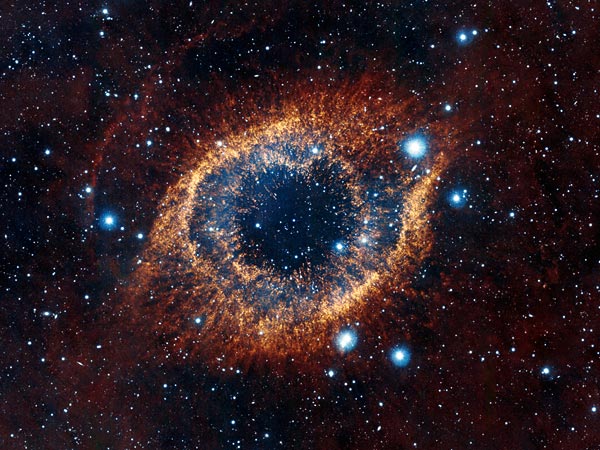Neried wrote:
May I ask if you've joined any of the various Citizen Science astronomy projects? Like Galaxy Zoo, or Planet Hunters?
I did join Galaxy Zoo for a while, and I tried classifying galaxies. The spirals and irregulars were a lot of fun. Some of the brighter and better-resolved ellipticals were OK, too. But in the end there were just too many yellow blobs. How was I to know if they were elliptical galaxies of artifacts? Well, I thought they were ellipticals, but in some cases their color profiles were weird enough that I didn't know. In any case, they were boring to look at.
And how was I to know if the galaxies were barred? I recognize the peanut-shaped bulge of edge-on barred galaxies, but how could I see if the bulges were peanut-shaped if the bulge was just a blur anyway? Then later, someone at the Galaxy Zoo talked about a picture of a galaxy and said that the galaxy was clearly barred. I would
never have guessed that it was barred. And then I felt that I just wasn't qualified to do the galaxy classification.
I'm not sufficiently interested to join the planet hunt, sorry. Let me put it like this: I just don't believe that any planet I might find that way will be sufficiently beautiful-looking to justify the effort I have to make trying to find it.
Do you find yourself keeping an eye out for different shades of blue, among the galaxies? I don't just mean intensity (pale to brilliant, for example), but the blues that shade into green, or violet.
Absolutely. Anything that is blue interests me. I want to know not only if it is blue, but
how it is blue and why it is blue. In SDSS images, I know that a shade of aqua usually means blue starlight mixed with red Ha light, which is mapped as green in SDSS images. In other words, a shade of aqua means that there are very young stars here, whose light is mixed with the light of emission nebulae. Admittedly, though, I don't know what it means if the blue color shades into violet in SDSS images.
I'm very frustrated at obviously false-color shades of blue, i.e., objects that are completely non-blue but are shown as blue anyway. I once saw a good-looking infrared picture of a portion of the starry Eta Carina region. Two stars stood out by being enormously large and bright as well as brilliantly blue. I decided I had to find what stars they were. Identifying them was incredibly difficult, but in the end I managed. They were two red supergiant stars! They looked so blue because they really were so red! (No, really, they looked so blue because their photospheres are so large, and the red light they emit all over those huge photospheres was mapped as blue.) But since then, I don't like looking at infrared pictures of stars.
But I trust SDSS. I trust that objects or parts of objects that look blue in SDSS images are at least moderately blue "in real life".
But in this case the spectrum is telling the story of the passing of an asteroid, perhaps even a dwarf planet. An orb that was, once, like Vesta, or Ceres, or even our own Moon. And it's a passing that is fleeting; in the blink of astronomical time, all spectral evidence of the shredded asteroid/dwarf planet will be gone (the heavier elements will sink below the white dwarf's atmosphere, and so lines due to Mg, Cr, etc will disappear), leaving nothing to tell that it had once existed ...
That's really very interesting! You mean that this white dwarf just ate one of its asteroids or dwarf planets? Actually, I just read an article about planet-eating white dwarfs in Astronomy Magazine (I think it was).
 [c]Photo: ESO[/c]
[c]Photo: ESO[/c] I just said that I don't like infrared pictures of stars, and the sight of the blue stars in this picture doesn't make me happy. Most of these stars are likely non-blue, particularly the bluest-looking ones. The one really blue star in this picture, the white dwarf in the middle of this planetary nebula, looks no bluer than any other star here.

No, but the infrared portrait of the planetary nebula is interesting. There is clearly a lot of dust here. To me it is interesting to consider the possibility that all the dust that is produced during the final red giant phase of a star, which is then spread outwards during the planetary nebula phase, may in fact give rise to new-born asteroids or planets.
Obviously, judging from the spectra of white dwarfs, some white dwarfs also eat some of their own orbiting bodies, whether these orbs were "freshly minted" during the planetary nebula phase or if they had been there since soon after the formation of the sun that the white dwarf used to be. In any case, it's interesting.
Not sufficiently interesting for me to want to look at spectra of white dwarfs, though, I'm sorry.
Ann